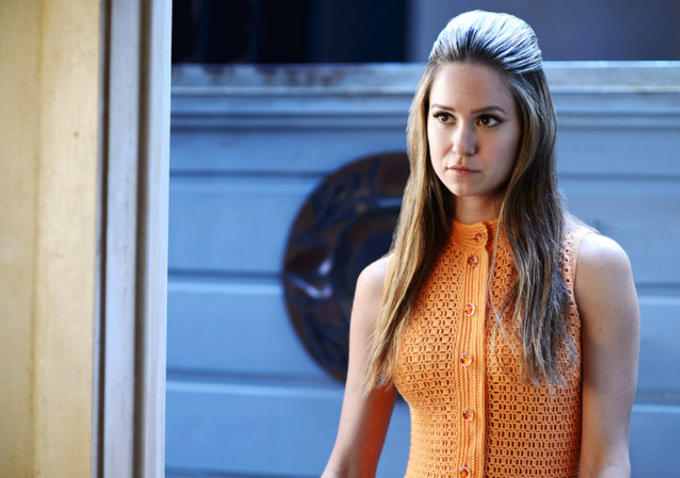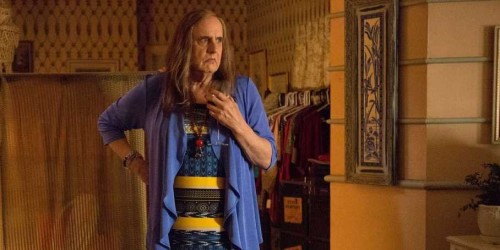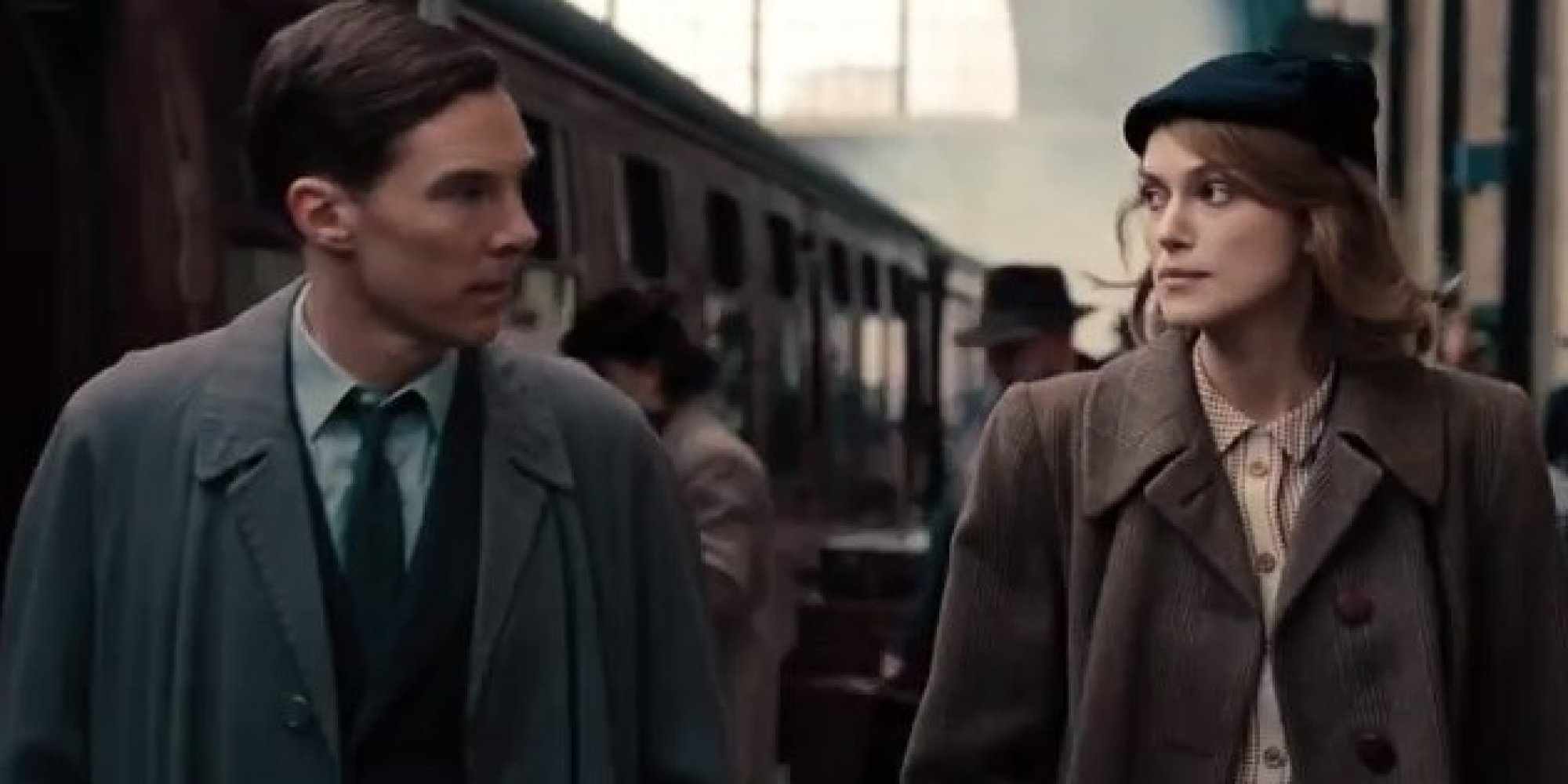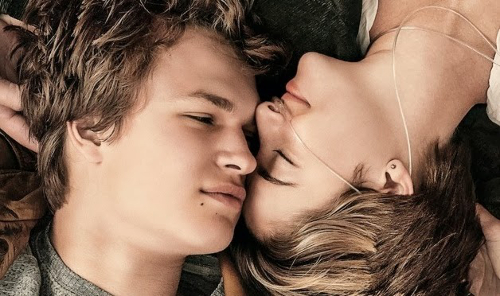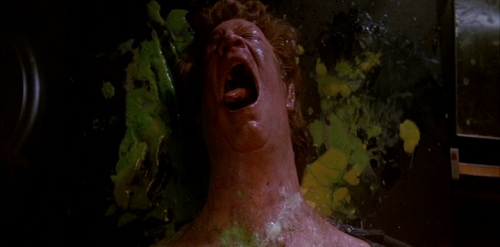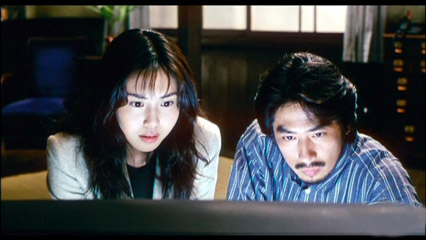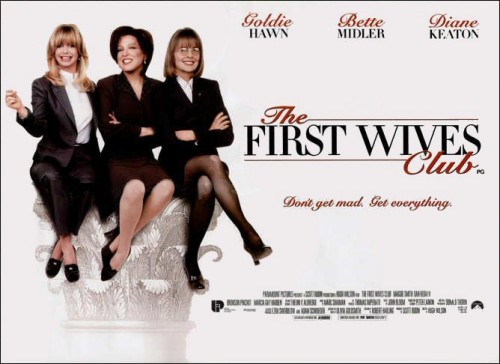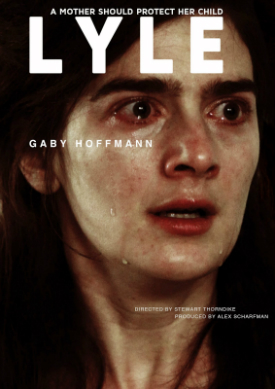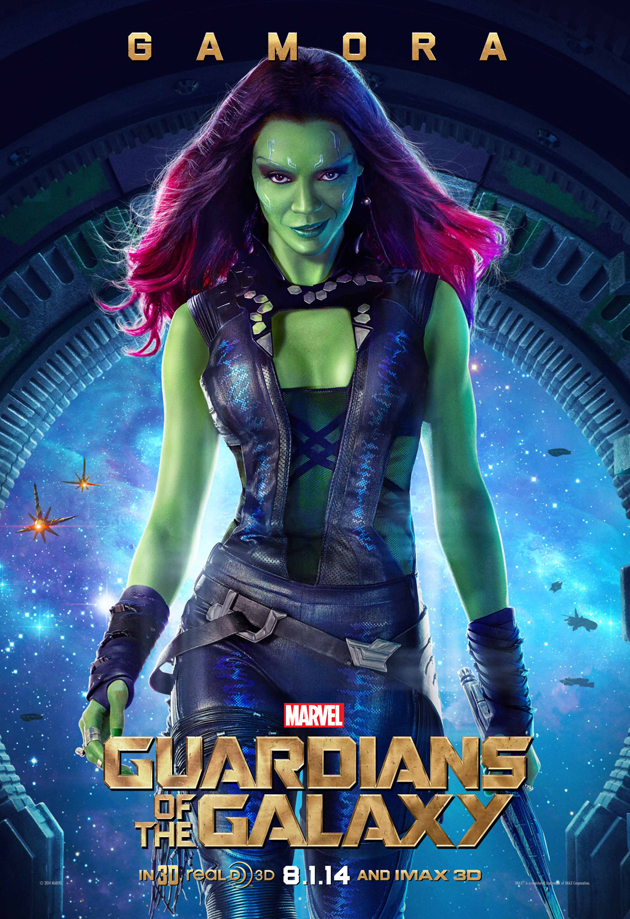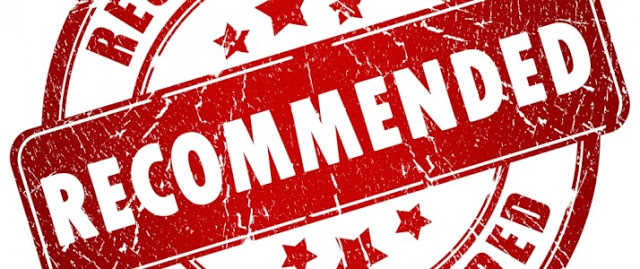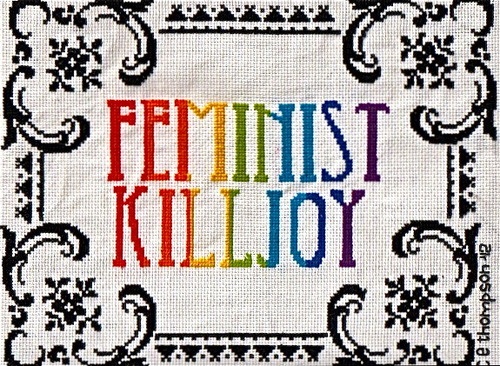‘Inherent Vice’: The White, Male Writer-Director’s New Clothes
I can count on one hand the times I’ve fallen asleep in a theater; at ‘Vice’ I suspect my body was telling me this film was never going to get better, so why not do something more worthwhile with my time? I did rouse myself to catch the end of the scene and the rest of the film, but it never did improve. All of its scenes, save one, would have the same coherence if its talented actors barked instead of saying their lines–and if they did so, some Anderson fanboy would still (as I overheard one after the screening I attended) insist to the unlucky woman walking alongside him, “He’s playing with narrative!”
